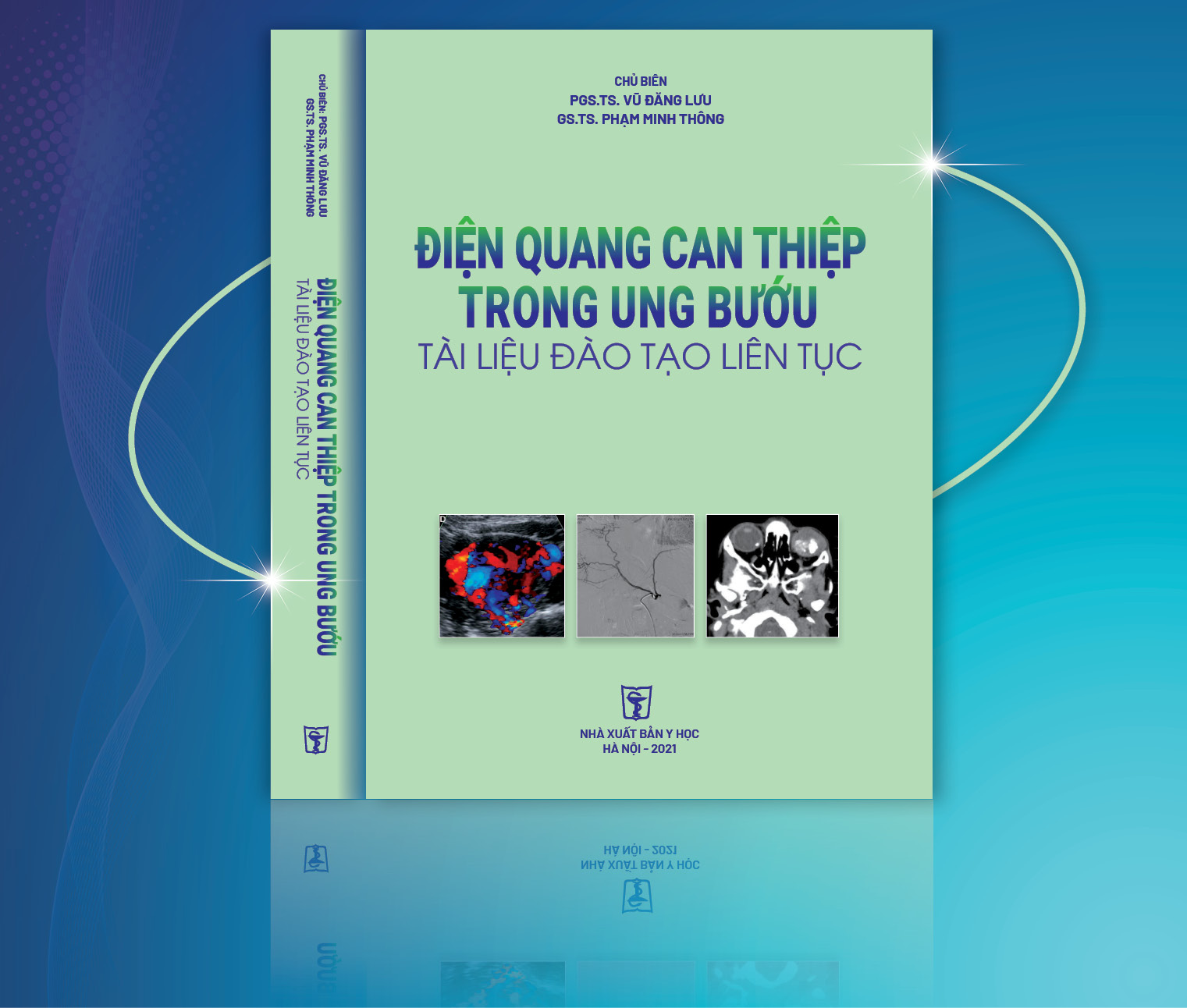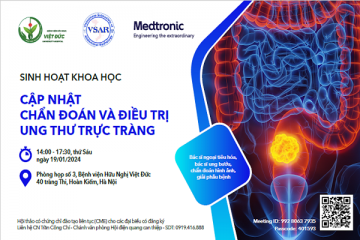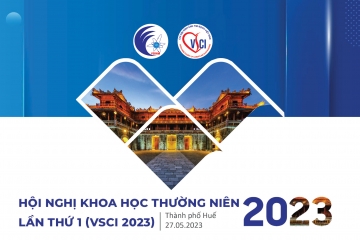Nghiên cứu vai trò của chụp cắt lớp vi tính 256 dãy trong đánh giá chức năng thất trái trên bệnh nhân có chỉ định chụp MSCT mạch vành
SUMMARY
Objective: To compare DSCT using 256-slice coronary CT angiography (SOMATOMA Definition FLASH, Siemens Medical Solution, Germany) with echocardiography for the determination of left ventrical dimentions, left ventricular ejection fraction (LVEF), end-diastolic volume (EDV), end-systolic volume (ESV), regional wall motion as well as assessing coronary artery image quality and patient radiation dose.
Materials and Methods: One-hundred twelve patients were referred for DSCT for evaluation of coronary artery and underwent DSCT and transthoracal echocardiography within 1 week. LV dimentions, EF, EDV and ESV were determined for both DSCT and echocardiography, and the correlation coefficients were assessed. Measurements of dimensions were obtained in standardized planes in end-systole and end-diastole and included the septal and posterior wall thickness, and inner diameter of the left ventricle. Global left ventricular (LV) functional parameters [end-systolic volume (ESV), end-diastolic volume (EDV), ejection fraction] were computed using automated software. ESV, EDV were normalized to the body-surface-area (BSA). Correlation between DSCT and echocardiography was tested through linear regression and Bland- Altman analysis. Regional wall motion is collected by visual (1, normal, 2, hypokinesia, 3, dysphagia or akinesia). Coronary artery segment subjective image quality (1, excellent; 4, poor) and radiation dose were recorded.
Results: A direct comparison between 256 slice Dual-Source CT and 2D-echocardiography was performed in 112 patients (43men; 61,26 ± 11,68 mean age years) who were clinically referred for MSCT coronary angiography. LV end-diastolic volumes (LVEDV) and LV endsystolic volumes (LVESV) were determined and the LV ejection fraction (LVEF) was derived. Average LVEF was 66,24± 13,52% (range 23-85%) as determined on DSCT, compared with 65,72±11,31% (range 25-84%) on 2D echocardiography. Evaluation of LVEF by linear regression analysis showed a good correlation between DSCT and 2D-echocardiography (r= 0,715; P < .001). Good correlations between DSCT and 2D-echocardiography were demonstrated for the assessment of LVEDV (r=0,732 ; P < .001) and LVESV (r= 0,841; P < .001). At Bland-Altman analysis, mean differences (±SD) of 1,78 ± 24,10 mL (p <0 .05) and 0,766 ± 13,7 mL (p < 0.05) were observed between DSCT and 2D-echocardiography for LVEDV and LVESV, respectively. LVEF was slightly overestimated with DSCT (0.52 ± 9,59%; p < 0.05). Resultly, the LVEFs calculated by DSCT and echocardiography were not statistically different. However, LVEF, EDV and ESV from MDCT were statistically higher than those from echocardiography (p < 0.05).The average image quality score of the coronary artery segment was 1,79. The mean patient radiation dose was 3,78 ±1,88 mSv.
Conclusion: In conclusion, the use of 256-slice DSCT can provide comparable results to those using 2D-TTE for LV funtion include EF, EDV, ESV and regional wall motion assessment in a heterogeneous population.
Keywords: DSCT; Coronary Artery Disease; Left ventricular function; Echocardiography; Radiation
TÓM TẮT
Mục tiêu: Đánh giá các chỉ số chức năng tâm thu thất trái trên BN có chỉ định chụp ĐMV 256 dãy và so sánh một số chỉ số chức năng tâm thu thất trái trên chụp CLVT 256 dãy với siêu âm tim.
Đối tượng và phương pháp: Nghiên cứu tiến cứu gồm 112 bệnh nhân chụp ĐMV bằng máy CLVT 256 dãy 2 nguồn năng lượng (DSCT), kèm siêu âm tim đánh giá các chỉ số kích thước buồng thất trái, thành thất trái và chức năng tâm thu thất trái toàn bộ và từng vùng. Tất cả bệnh nhân chụp DSCT mạch vành tại Trung tâm Điện quang- Bệnh viện Bạch Mai trong khoảng thời gian từ tháng 06/2020 đến tháng 10/2020.
Kết quả: So sánh trực tiếp giữa CLVT 256 dãy 2 nguồn năng lượng với siêu âm 2D qua thành ngực được thực hiện trên 112 BN (43 nam, tuổi trung bình 61,26 ± 11,68) được chụp DSCT mạch vành. Thể tích thất trái tâm thu và tâm trương và phân suất tống máu được thu thập và so sánh với các chỉ số tương ứng trên siêu âm tim qua thành ngực. Phân suất tống máu trung bình trong nghiên cứu là 66,24± 13,52% (từ 23-85%) trên DSCT so với trên siêu âm là 65,72±11,31% (từ 25-84%). Đánh giá mối tương quan đồng biến giữa DSCT và siêu âm 2D thấy mối tương quan chặt chẽ giữa thể tích thất trái tâm trương là (r=0,732 ; P < .001) , thể tích thất trái tâm thu là (r= 0,841; P < .001), phân suất tống máu là (r= 0,715; P < .001). Phương trình Bland-Altman chỉ ra trung bình khác biệt giữa phân suất tống máu trên DSCT và siêu âm là nhỏ (0.52% ± 9,59%); p < 0.05), tương tự với thể tích thất trái tâm thu và tâm trương lần lượt là (-1,78mL±24,10), (0,76 mL±13,7). Điểm chất lượng hình ảnh trung bình là 1,79. Liều hiệu dụng trung bình là 3,78 ±1,88 mSv.
Kết luận: Sử dụng máy chụp DSCT 256 để chụp mạch vành có thể sử dụng để tính các chỉ số chức năng tâm thu thất trái gồm phân suất tống máu, thể tích thất trái tâm thu, thể tích thất trái tâm trương, chức năng vận động từng vùng thất trái, có mối tương quan chặt chẽ với siêu âm tim.
Từ khóa: Chức năng tâm thu thất trái toàn bộ, Chức năng tâm thu thất trái từng vùng, Thể tích thất trái tâm thu, tâm trương. Máy chụp DSCT 256 dãy. Siêu âm tim 2D.
Bạn Đọc Quan tâm
Sự kiện sắp diễn ra
Thông tin đào tạo
- Những cạm bẫy trong CĐHA vú và vai trò của trí tuệ nhân tạo
- Hội thảo trực tuyến "Cắt lớp vi tính đếm Photon: từ lý thuyết tới thực tiễn lâm sàng”
- CHƯƠNG TRÌNH ĐÀO TẠO LIÊN TỤC VỀ HÌNH ẢNH HỌC THẦN KINH: BÀI 3: U não trong trục
- Danh sách học viên đạt chứng chỉ CME khóa học "Cập nhật RSNA 2021: Công nghệ mới trong Kỷ nguyên mới"
- Danh sách học viên đạt chứng chỉ CME khóa học "Đánh giá chức năng thất phải trên siêu âm đánh dấu mô cơ tim"













Bình luận